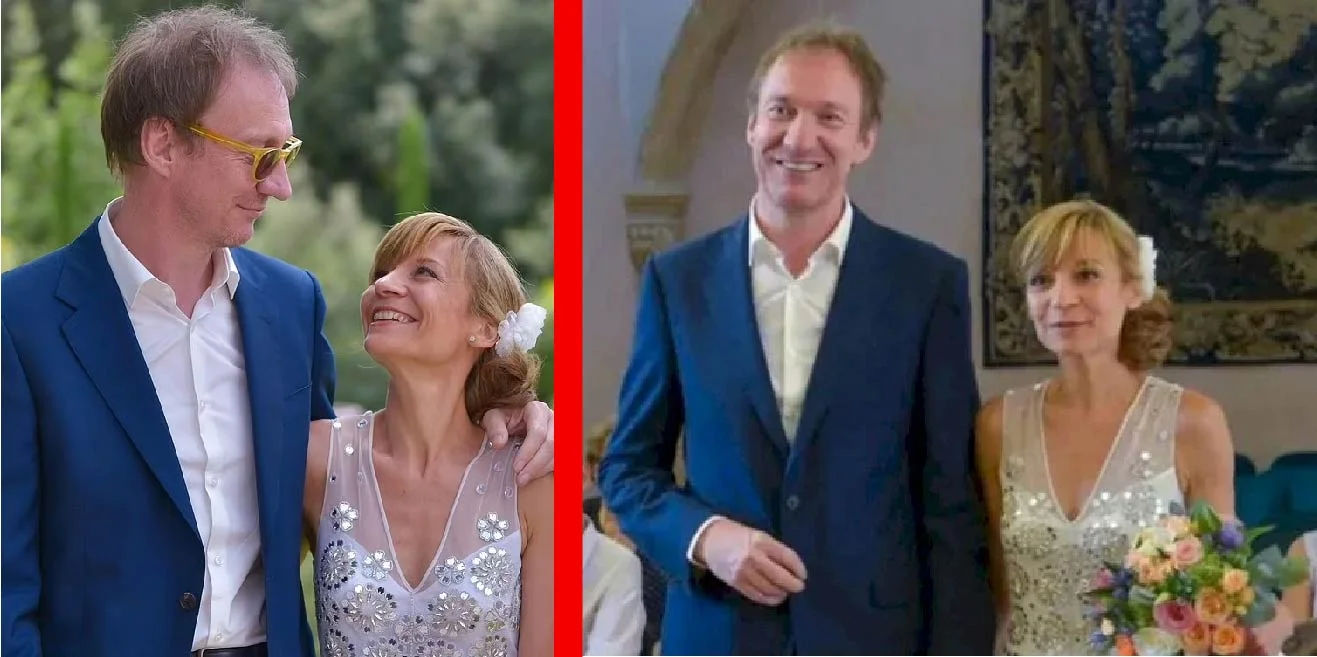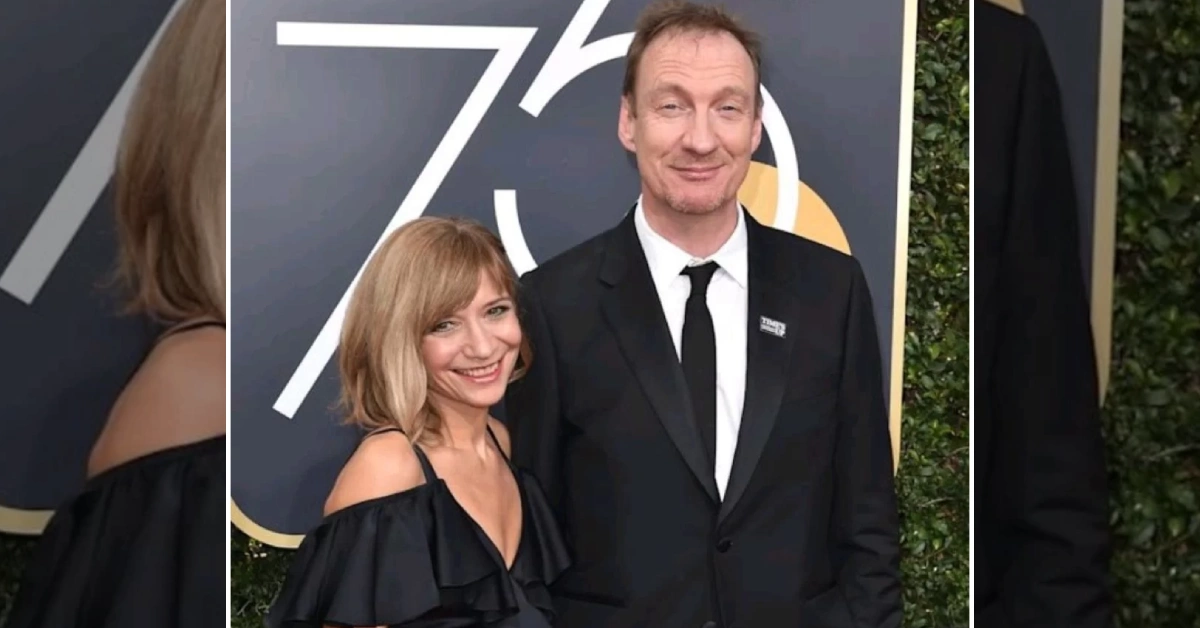Hermine Poitou: The Quiet Artist Behind the Curtains

Hermine Poitou is a figure who intrigues many: talented, private, and often at the periphery of the spotlight. Best known as the wife of actor David Thewlis, she has nonetheless forged her own identity in the world of art and design—one built around discretion, creativity, and consistency. In this article, we’ll explore her life, work, and how she manages to balance private life with public curiosity.
Early Life & Background
Much about Hermine Poitou’s early years remains undisclosed, which is part of what makes her story compelling.
She was born in France. The specifics of her birthplace, family, and childhood are not broadly shared, and she appears to have preferred keeping those aspects of her life out of public view. What we do know suggests an upbringing influenced by culture: France has a long tradition of art, architecture, and design, and even if details are scarce, it seems clear she was exposed to visual aesthetics early on.
At some point she developed the skills and interests that would lead her into graphic design and illustration. There is speculation—though not definitive proof—that she studied art or design in the UK, possibly at a London institution. What is clear is that her style shows signs of formal training, both in discipline and in the understanding of design principles. These formative years laid the groundwork for the kind of artist she is today: thoughtful, skilled, and quietly confident.
Career as a Designer and Artist

Hermine Poitou is known to work as a freelance designer and visual artist. Her portfolio, though not flaunted in tabloids or heavily featured in media galleries, is marked by a distinctive touch: clean lines, minimalism, modernity. Her aesthetic tends to avoid the flamboyant, the overly decorative, instead favoring restraint. The result is work that feels timeless, calm, and intentional.
Her projects seem to span several domains: brand identity, illustration, editorial graphics, perhaps even film-related visuals. She has also been connected to creative work in film productions, suggesting she may have contributed design or visual elements. What those connections precisely entail—graphic design, illustration, promotional materials—are not fully documented. But they indicate she has crossed between purely artistic work and commercial or film-related projects.
Another aspect of her career is the balance between visibility and privacy. She has not built a large public brand for herself; her social media presence is minimal or non-existent. She operates more behind the scenes, letting the work speak rather than promoting herself heavily. That kind of path is not the easiest in our image-driven age, but it seems well suited to her temperament and values.
Marriage and Personal Life
Hermine Poitou married British actor David Thewlis in 2016. The relationship brings together two very different creative lives: acting and visual art and design. It’s interesting how both are in creative fields, but Hermine’s work rarely seeks the same kind of mass audience or media engagement.
They live (or have lived) in Sunningdale, Berkshire, England, a location that offers both tranquility and proximity to cultural hubs like London, which must help to balance her desire for privacy with access to the professional world. While Thewlis is a public figure who attends events, Hermine tends to stay out of the limelight, only occasionally joining her husband at specific public appearances.
Another interesting dimension is how they maintain separate creative identities. Though her marriage to a well-known actor gives her a certain public visibility, Hermine seems committed to her own art and design practice on its own terms. She does not appear to leverage the celebrity connection for promotion; instead, she sustains a quiet, independent career.
Style, Aesthetic, and Creative Values
A big part of what makes Hermine Poitou interesting is her design philosophy.
Her work tends toward minimalism and modernism: clean visuals, careful composition, limited excess. She appears to favour visual clarity over ornamentation. This preference gives her work a timeless quality: it does not feel dictated by design trends so much as by internal logic and aesthetic discipline.
There is also an international influence in her creative sensibility. Growing up French, and working (or at least being connected) to the UK, she seems to bridge two very different design traditions. The French often emphasize elegance, subtlety, refined detail, while British design has its own history of boldness, structure, and sometimes experimentation. Primed by both influences, her design work benefits from cross-cultural nuance: sensitivity to form, colour, layout, and what is visually essential.
An undercurrent in her style is that design must serve both art and purpose. Given her involvement in design, illustration, and possibly branding, she seems to understand how to balance aesthetic interest with functional requirements. That means her work is not just beautiful, but usable, communicative, and in dialogue with client needs (even though those clients are not always public knowledge).
Public Perception, Privacy, and Identity
One of the most fascinating parts of Hermine Poitou’s story is how she manages public perception while maintaining strong boundaries around her personal life.
In today’s world, especially for someone married to a celebrity, there is an expectation of public exposure: social media posts, interviews, public appearances, and so on. Hermine Poitou challenges that norm by being very selective about what she shows, and with whom.
This privacy has led to scarcity of reliable details about many aspects of her life: her age, her early personal history, exactly which projects she has worked on, and how she chooses her clients. Because of this, many sources about her must rely on estimation, speculative biographies, or second-hand reports. Some information—such as her net worth—exists in several media sources, but is unverified.
Her identity, therefore, is often described in relational terms: “wife of David Thewlis”, “French artist”, and so forth. But those labels only tell part of the story. The fact that she maintains her own creative work, in her own way, suggests a strong sense of self that does not depend on those relational identifiers.
Net Worth & Public Recognition
Because she works largely behind the scenes, data on her net worth is speculative. Multiple sources estimate her assets to be in the region of around eight hundred thousand US dollars, but these figures are not reliably documented.
That said, building a freelance career in design and illustration can be financially viable, especially if the work is consistent and clients are reliable. The estimate likely reflects her cumulative work over years, rather than a sudden rise. It’s also worth noting that her earnings seem to come from her own output, rather than from her husband’s acting career—a point many articles emphasize.
In terms of public recognition, Hermine Poitou is not widely known in mainstream celebrity culture. She is far more recognized among circles that appreciate graphic design, illustration, or art in quieter settings. Her media presence is low, she does few interviews, and gives away little personal detail. That may limit popular fame, but it also seems to strengthen her reputation for substance over show.
Significance & What We Can Learn
There are several lessons one can draw from Hermine Poitou’s life and work.
- Value of Quiet Craft
In a time where visibility often seems mandatory, she demonstrates that solid, well-crafted work done quietly can still matter. Her style, consistency, and dedication show that art and design need not be loud to be meaningful. - Privacy as a Choice
Many public figures end up losing control over what is known about them. Poitou appears to treat privacy not as something to be regretted, but as something to be protected. That has probably allowed her to focus more on quality and less on public demand or trend-chasing. - Independence in Identity
Being married to someone famous often means sharing in their public persona. But Poitou seems to have succeeded at maintaining her own professional identity, not merely as “someone’s spouse” but as an artist in her own right. - Blending Art & Practicality
Her work, though artistic, also has to be usable—whether for clients, publications or commercial needs. That requires a balancing of creative impulse with discipline. Many designers struggle with one or the other; Poitou seems to manage both.
Remaining Mysteries & Open Questions
Because she keeps so much to herself, there’s a lot we don’t know about Hermine Poitou. Here are some of the open questions that might intrigue those wanting to understand her better:
- What exactly was her training? Did she complete formal art school, and if so, where and in what specialism?
- What are the major projects she has done—names, clients, exhibitions?
- How does she approach each project—from idea to final execution?
- How does she balance being part of a public life (via her husband) with her desire for privacy?
- What are her future ambitions in her creative work? Does she plan to show more publicly, publish, or expand into other art forms?
Conclusion
Hermine Poitou is, in many ways, a modern example of what it means to be both visible and invisible. She is visible enough to have widespread curiosity around her name; invisible enough to keep much of her life and work private. Her career in design and art is anchored not in fame but in craft, integrity, and quiet resolve.
Her story reminds us that success in the creative world doesn’t always look like spotlight interviews and social media buzz. Sometimes it looks like thoughtful work, chosen privacy, and a life lived on one’s own terms.
In a world where so much is broadcasted, Hermine Poitou offers a counterpoint: that there is dignity in discretion, value in subtlety, and strength in knowing one’s own path.



